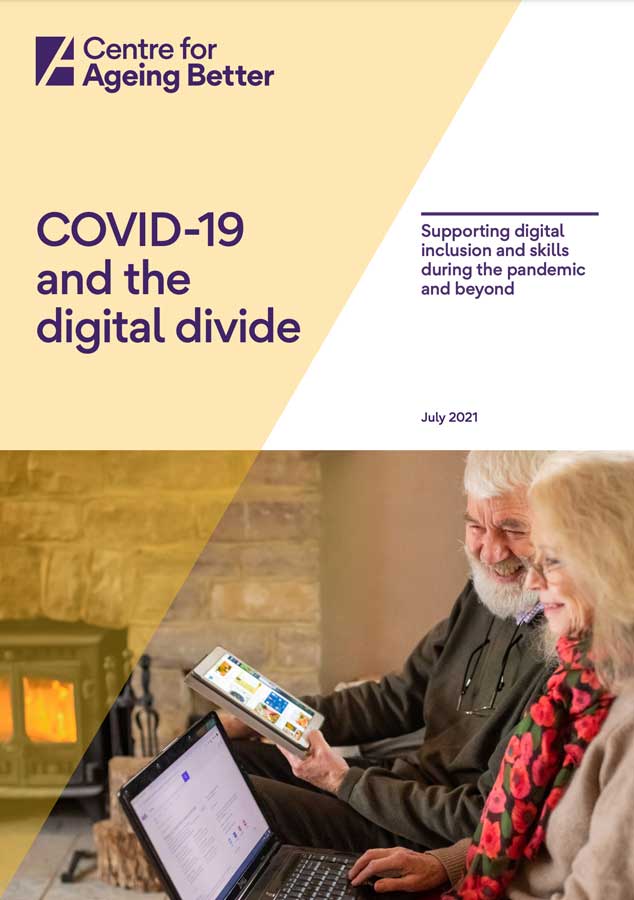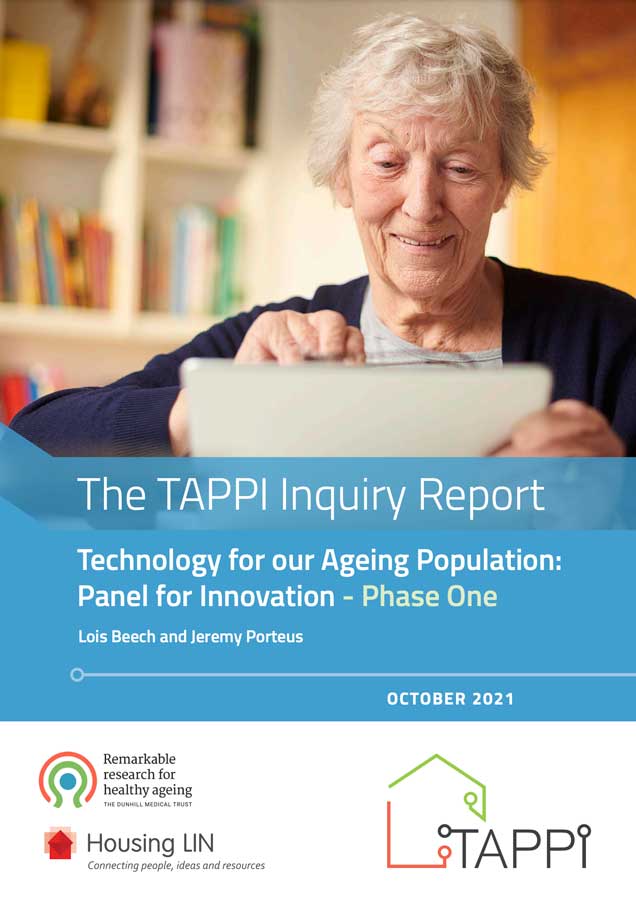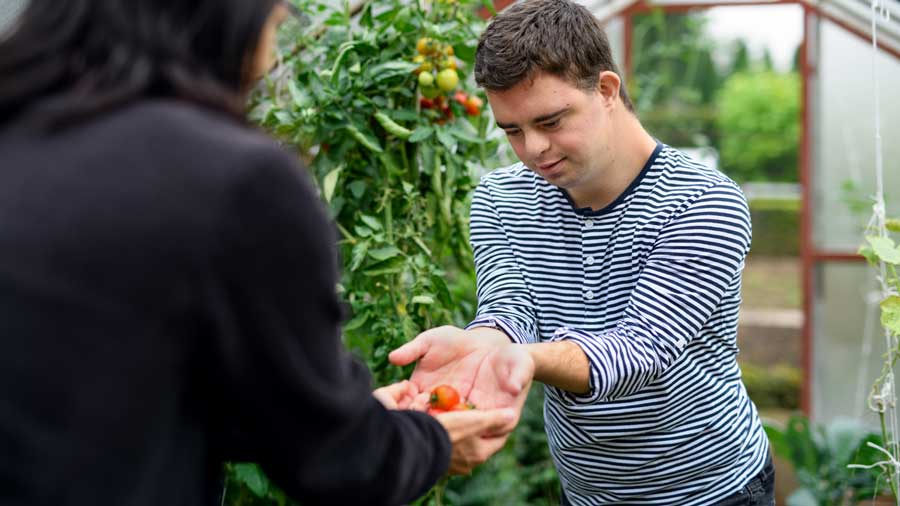Care workforce and technology
With new funding on the horizon, providers of adult social care have a golden opportunity to design and integrate digital support services for their customers

INNOVATION & IMPROVEMENT
Image: Istock

Liz Zacharias
Director, Campbell Tickell
The government’s white paper on adult social care reform, People at the Heart of Care: adult social care reform white paper, talks about funding to deliver innovation in models of care, housing and digital technology of around £480 million over three years. This is to be welcomed, especially as the switchover to digital from analogue telephone services is due in 2025. So, what might this mean?
Many providers of sheltered housing are looking at, for example, replacing their analogue lifeline systems with digital ones and using this opportunity to really look at what a digitally enabled support service might look like. There are also a growing number of intuitive apps and digital systems that are making it more feasible for people with limited experience or skills and confidence to use digital tools.
Impact of Covid
All of this of course has been fast-forwarded by Covid-19. The pandemic propelled many of us into grappling with having to offer services to clients and tenants remotely – online or by phone. It also drove many of our clients and tenants into the digital age at a much faster pace than they may have wanted. For example, to keep in contact with family and friends, to order shopping, to communicate with GPs and other health professionals, as well as with their landlord.
While we may be getting used to working in a hybrid way, people in need of care or support are also getting used to a hybrid form of service. Covid-19 created this situation by default, but now we need to reflect and learn the lessons from what has worked well and what hasn’t.
Remote benefits
A report by Ageing Better in July 2021, Covid-19 and the Digital Divide, concluded that remote support has benefits beyond the role played in the pandemic. Accessing support by phone or online can be more convenient for people and more efficient for the provider.
The research also found that the benefits of remote support were significant for some service users, allowing them to overcome the difficulties of travel and costs, as well as enabling them to join sessions at more convenient times.
We at Campbell Tickell have found this in our own work, for example on resident engagement, which was made so much easier for tenants where we were able to facilitate it digitally.
Key principles
Housing LIN has recently produced a companion report to its HAPPi standards, called Technology for Our Ageing Population. This is focused on digital technology, which helpfully sets out some principles that organisations can follow. For example, models incorporating digital aspects must be person-centred and focus on overcoming digital exclusion. As the Ageing Better report found, this relates to skills, knowledge and confidence, as well as access to the kit and the bandwidth. In addition, you need to know where to go for support when needed.
There is also a clear need to ensure the digital and smart technology infrastructure is included in new homes. This is a crucial enabler and needs to be built into development and building contracts in the same way that all the other utilities are.
In our experience at Campbell Tickell, it is important that any hybrid service models are person-centred and based on what will be most helpful, in terms of the support needed to help individuals maintain maximum independence. It is also important that staff as well as residents and tenants are trained to use the technology and understand what it can and can’t do.
“We are on the verge of some very interesting developments in tech-enabled care and support. It is important that we understand the benefits and the limits, and that we remember services should be designed to surprise and delight.”
Surprise and delight
We are on the verge of some very interesting developments in tech-enabled care and support. It is important that we understand the benefits and the limits, and that we remember services should be designed to surprise and delight – they should invite people to use them; be intuitive to use and look good.
Services also need to be safe to use, with data security measures built in and guidance and advice available to people on how to avoid being scammed.
There’s a long way to go to get industry standards and products designed and in use. But if we can work collaboratively on developing the digitally enabled hybrid services that will benefit people receiving care – as well as their landlords and care providers – we just might create something that generates more choices and opportunities for people.




